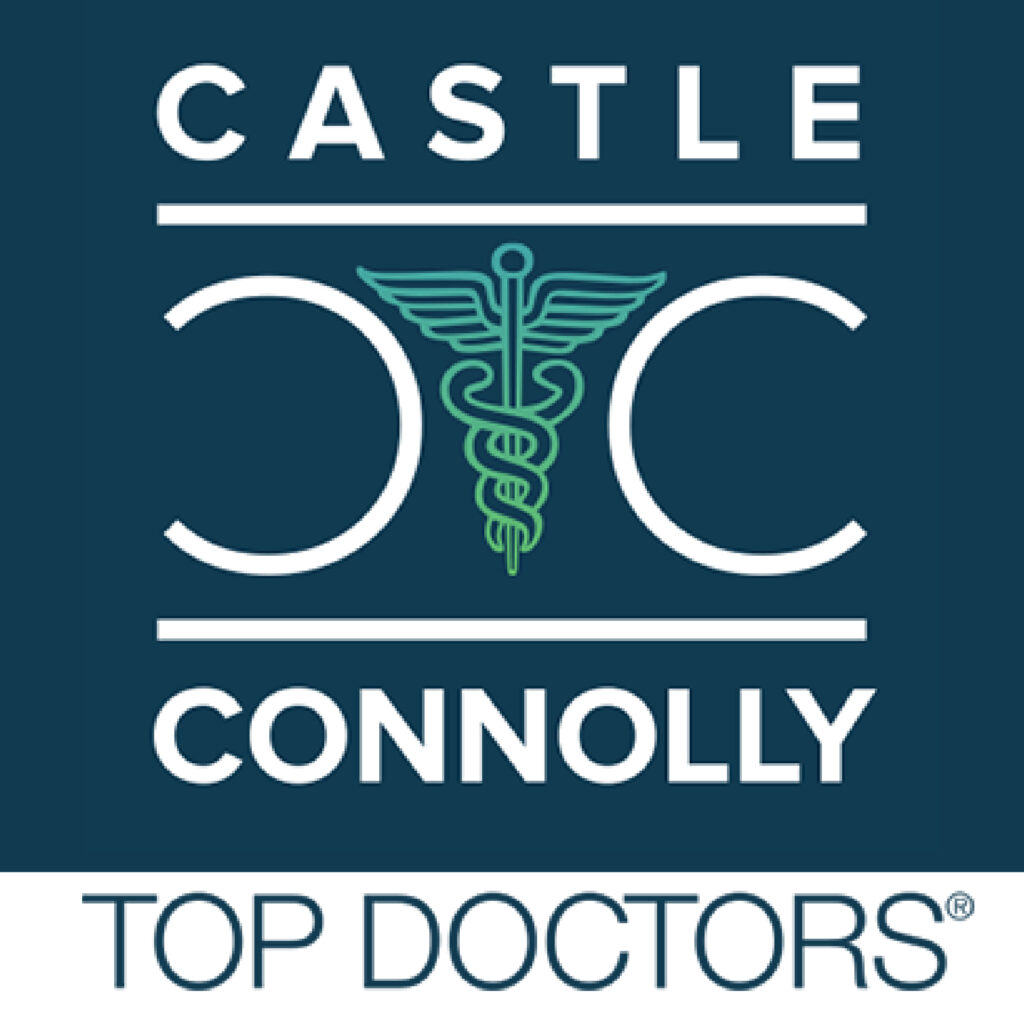Rotator Cuff Tears
The rotator cuff consists of four shoulder tendons that join to form a cuff around the shoulder joint. The cuff’s important job is to stabilize, lift, and rotate the shoulder. When the cuff is partially or completely torn (usually due to an activity related injury and/or aging), it may need to be surgically repaired. The three procedures orthopedic surgeons use to repair torn rotator cuffs are:
- An open repair. An incision is used to detach the deltoid (the largest shoulder muscle) so the torn cuff can be visualized and repaired. This can be very painful due to the detachment and reattachment of the deltoid muscle.
- A mini-open repair. The surgeon uses arthroscopic equipment to visualize the shoulder joint and fix any abnormalities, such as torn cartilage and bone spurs. Once the joint has been restored, a relatively small (3-5 cm) incision is used to repair the cuff.
- An arthroscopic repair. The use of tiny cameras and instruments allow the surgeon to visualize and repair the cuff—incisions are small and the deltoid is not detached and the entire surgery is done inside with minimal incisions.
The Goal of Rotator Cuff Repair Surgery
Regardless of the procedure, the goal of surgery is always the same: restore shoulder anatomy and function by reattaching the cuff. This goal is accomplished through the use of special suturing and stitching techniques and advanced orthopedic devices known as suture anchors. Once the rotator cuff has been reattached, it’s able to heal and regain strength. Specialized techniques such as double row repair can be used to restore the footprint of the rotator cuff tendon and provides the strongest biomechanical hold on the tendon. Marrow stimulation can also be used where tiny holes are drilled in the bone prior to repair to allow the stem cells from the bone marrow that is released thru these holes to stimulate healing. This has been shown to improve healing by up to 50% in tendon repairs.
Rotator Cuff Repair Surgery Specifics
Rotator cuff repairs are (generally) a 1-2-hour outpatient procedure. After two weeks of recovery, physical therapy—one of the key elements of a successful recovery—is usually started.
Patients who adhere to the advice and treatment plan prescribed by their orthopedic surgeon and physical therapist can expect a full recovery in 6 or more months.
Contacting an Orthopedic Surgeon for a Rotator Cuff Repair
If you or someone you know has injured their shoulder, please don’t hesitate to contact one of our 5 Long Island offices to arrange an appointment with one of our specialists. A physical examination and medical imaging studies will be used to accurately diagnose your injury and come up with a treatment plan. If surgery is necessary, our surgeons who use up to date specialized techniques will discuss every detail with all questions and concerns addressed—expect a full recovery when in the hands of our professional team.
The physicians at Total Orthopedics and Sports Medicine focus on both the surgical and non-surgical treatment of shoulder injuries and are one of the most innovative orthopedic practices in the area. Dr. Charles Ruotolo, President of Total Orthopedics and Sports Medicine, has published several peer-reviewed studies on orthopedic care and orthopedic surgery of the shoulder.
Fortunately, many patients can be treated non-surgically with a combination of conservative modalities coordinated by the Total Orthopedics and Sports Medicine Team. If surgery is necessary, the practice uses a multidisciplinary approach to create a treatment plan that focuses on the patient’s lifestyle and activities and helps them get back to those activities quickly and effectively.







 Website Design by
Website Design by